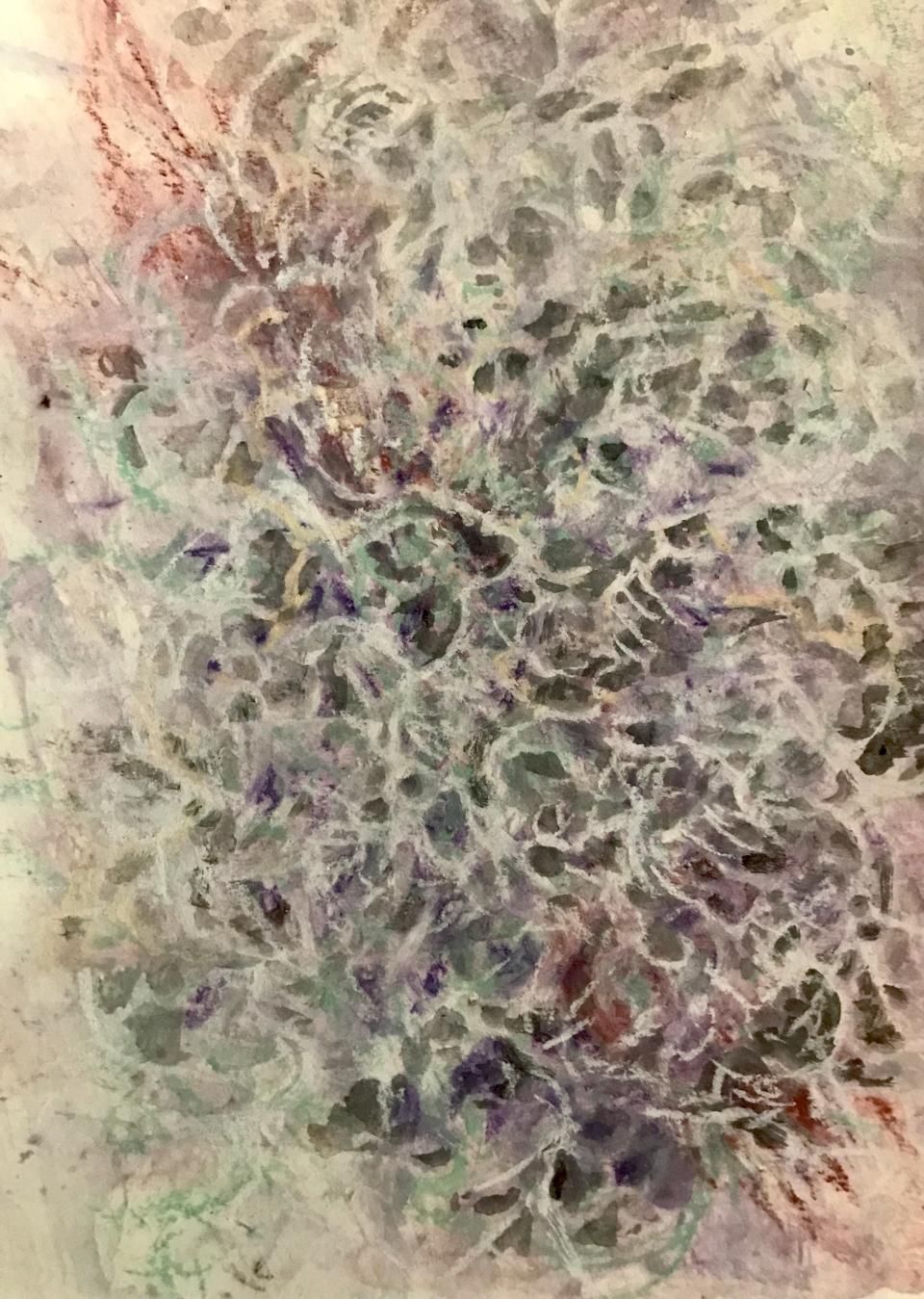Nature Journal: Lichens are a good indicator of air quality
On a winter walk you will encounter numerous evergreen plants. None is more mysterious or delightful to behold than the lowly lichen. Except for pollution, nothing much disturbs lichens. They grow ever so slowly, as little as one millimeter a year. There are lichens in Greenland that may be thousands of years old, placing them among the world's oldest living organisms.
Some of the larger splotches of map-like, gray-green lichens on the boulders around your home may well have been there for a thousand or more years. They were just coming into their own when Columbus discovered America. And because of there location, these colonies are among our region's least disturbed habitats.
The word "lichen" comes from the Greek for "scab," and many lichens do resemble scabs. Carl Linnaeus, the 18th century inventor of the taxonomic system on which modern botany is based, considered them to be "rustici pauperrimi"; that is, the "poor trash" of the plant kingdom.

It wasn't until the 1860s that the German botanist Simon Schwendener declared that lichens are actually composed of two materials: algae and fungi. A rival British lichenologist mocked this as "the most recent instance of German transcendentalism," but Schwendener was proved correct in the early years of the 20th century.
One of Schwendener's defenders had been Beatrix Potter, an amateur lichenologist and the author of "The Tale of Peter Rabbit." Potter theorized that the fungal partner of this two-part organism stores water and provides shelter, enfolding and protecting the layers of frail algal cells; in return, the algae collects food for the entire organism. Since that time scientists and textbooks have often embraced lichens as a symbiotic model of cooperation and mutual good will.
But the relationship may not be so benign. More recent lichenologists who reevaluated this symbiotic model could not discern that the fungus contributes anything to the upkeep of its algal captive. In other words, the relationship may be parasitic.
There are up to 20,000 lichen species in the world, with 3,500 in North America. They come in three forms: (1) crutose (crusty) lichens that cling to stones or trees; (2) foliose (leaf-like) lichens that sprawl over rock or soil surfaces and rotting logs, being attached only in spots; and (3) fruticose (shrubby) lichens that are branched plants which grow in moist habitats. All three forms can sometimes be found growing on the same rock or limb.
Three species of fruticose lichens are quite common in our area. They are each distinctively eye-catching and have common names that are easy to remember.
British soldiers are named for their brilliant, scarlet-colored fruiting tips. Old man's beard is also aptly named as it droops downward from limbs like Spanish moss or a luxuriant gray beard. And reindeer lichen is so-named because its gray-green, forked ends resemble reindeer antlers. It's the same lichen that grows in alpine tundra, where it does indeed serve as reindeer fodder.
Lichens are rootless organisms that collect almost all of their nutrition from the air. Since they also sop up whatever airborne contaminants are available, they are excellent indicators of atmospheric pollution. Some forms like old man's beard die within weeks of exposure to pollutants.
Scientists can map lichen populations in a particular area over time in order to establish a profile of region's ongoing air quality. All of the lichens in our forests here in Western North Carolina are an indication that our air quality, while far from perfect, is still fairly good. If the lichens on your property start to dry up and die, you'll know why.

George Ellison is a naturalist and writer. His wife, Elizabeth Ellison, is a painter and papermaker who owns a gallery in Bryson City. Contact them at info@georgeellison.com or info@elizabethellisongallery.com or write to P.O. Box 1262, Bryson City, NC 28713.
This article originally appeared on Asheville Citizen Times: Nature Journal: Lichens are a good indicator of air quality

